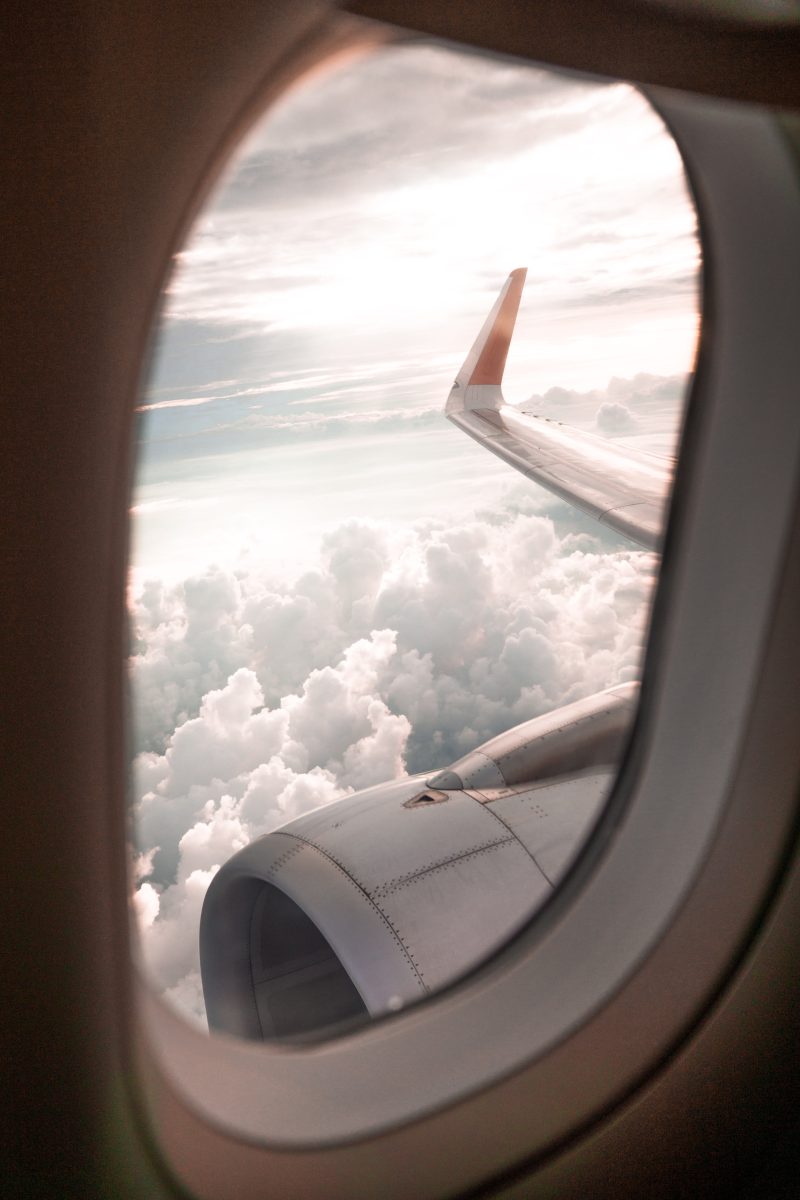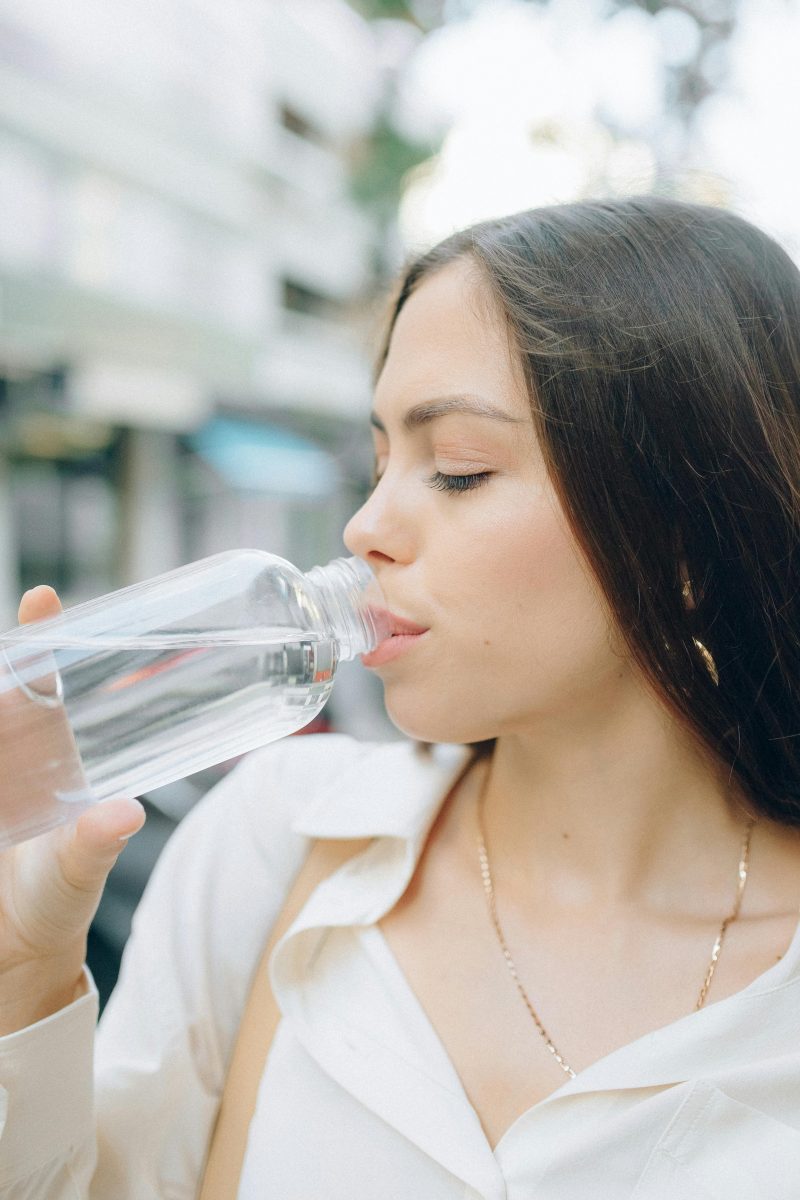
Can You Drink Tap Water in Norway?
Norway is known for its pristine natural beauty, and when it comes to tap water, the country doesn’t disappoint. The quality and safety of Norway’s tap water meet the highest standards, making it perfectly fine to drink straight from the tap. In this article, we will delve into the details of Norway’s water supply, understand the treatment process, explore the safety standards, and debunk common myths surrounding tap water in Norway.
Understanding Norway’s Water Supply
In order to fully appreciate the safety and quality of Norway’s tap water, it is important to understand where it comes from. Norway is blessed with an abundance of natural water resources, including lakes, rivers, and underground sources. These sources serve as the backbone of the country’s water supply, ensuring a constant flow of fresh and clean water to households and businesses.
Norway’s pristine water sources are not only vital for sustaining life but also play a significant role in the country’s culture and heritage. The crystal-clear lakes and rivers not only provide drinking water but also support a diverse ecosystem of flora and fauna. Many Norwegians have a deep connection to these water bodies, often using them for recreational activities such as fishing, boating, and swimming.
Source of Norway’s Tap Water
The primary source of Norway’s tap water is surface water, which includes lakes and rivers. To ensure a reliable supply of water, untouched nature and strict regulations are upheld to preserve the quality of these sources. Additionally, underground sources provide an alternative water supply, contributing to the overall robustness of the system.
It is worth noting that Norway’s water management practices are guided by sustainability principles, aiming to protect and conserve water resources for future generations. The government and local authorities work together to monitor water quality, implement conservation measures, and promote responsible water usage among citizens.
Treatment Process of Tap Water in Norway
Before reaching our faucets, Norway’s tap water undergoes a comprehensive treatment process to remove any impurities and ensure its safety. The treatment process usually consists of several steps, including filtration, disinfection, and pH adjustments. These measures are implemented to eliminate any potential contaminants and to maintain the highest possible water quality standards.
Furthermore, Norway’s commitment to environmental sustainability extends to its water treatment facilities, which are designed to minimize energy consumption and reduce carbon footprint. Advanced technologies such as ultraviolet disinfection and ozone treatment are employed to purify water efficiently while minimizing the use of chemicals, thus reducing the environmental impact of the treatment process.
Safety Standards for Drinking Water in Norway
As with many aspects of Norwegian society, strict regulations are in place to ensure the safety and quality of tap water. The Norwegian Food Safety Authority (NFSA) sets and enforces these regulations, which are based on the guidelines provided by the World Health Organization (WHO) and the European Union (EU).
Norway’s commitment to providing safe drinking water extends beyond regulatory compliance. The country boasts an extensive network of water treatment facilities that employ advanced technologies to purify water. These facilities utilize processes such as filtration, disinfection, and pH adjustment to remove impurities and ensure that tap water meets the highest quality standards.
Government Regulations on Water Quality
The NFSA establishes limits on various substances that may be present in tap water. These substances include microorganisms, such as bacteria and viruses, as well as chemical contaminants like heavy metals. Regular testing is conducted to monitor compliance with these regulations, safeguarding the quality and safety of tap water in Norway.
In addition to setting limits on contaminants, the NFSA also mandates regular maintenance and inspection of water distribution systems. This proactive approach helps prevent potential issues such as leaks or cross-contamination, further enhancing the overall safety of Norway’s drinking water supply.
Monitoring and Ensuring Water Safety
Monitoring and ensuring water safety is a top priority for the Norwegian authorities. Rigorous testing is conducted throughout the water supply chain, including at the sources, during treatment, and at the distribution points. Water samples are analyzed for the presence of any contaminants, and any necessary actions are taken promptly to address any issues that may arise.
Furthermore, Norway’s focus on public awareness and education plays a crucial role in maintaining water safety. The NFSA regularly communicates with the public about the importance of water quality and provides guidance on ways to protect and preserve this vital resource. By fostering a culture of responsibility and accountability, Norway continues to lead the way in ensuring access to clean and safe drinking water for all its citizens.
Health Implications of Drinking Tap Water in Norway
Drinking tap water in Norway poses no significant health risks and can even offer several health benefits. However, it is always essential to consider individual sensitivities and potential vulnerabilities, as some people may have specific medical conditions or treatments that require tailored water consumption recommendations.
Norway takes great pride in its tap water quality, with strict regulations and regular testing ensuring that the water supplied to households meets the highest standards of purity. The country’s abundant freshwater sources, including pristine lakes and rivers, contribute to the exceptional quality of Norwegian tap water.
Potential Health Risks
While Norway’s tap water is generally safe to drink, there are some rare instances where localized contamination or brief issues in the water supply may occur. These incidents are promptly addressed by the authorities, and the public is notified to take necessary precautions until the issue is resolved.
In cases where individuals have specific concerns about their tap water quality, they can request water quality reports from their local municipalities or water suppliers. This transparency allows residents to stay informed about any potential risks and the steps being taken to address them.
Health Benefits of Norway’s Tap Water
On the flip side, Norway’s tap water is rich in minerals, such as calcium and magnesium, which are essential for maintaining good health. These minerals not only contribute to strong bones and teeth but also support various bodily functions, including muscle function and nerve transmission.
By choosing tap water over bottled water, individuals can not only benefit from the mineral content but also make a positive impact on the environment. The production and disposal of plastic bottles contribute to pollution and environmental degradation, making tap water a more sustainable choice for both personal health and the planet.
Comparing Tap Water to Bottled Water in Norway
When it comes to choosing between tap water and bottled water in Norway, there are several factors to consider, including the environmental impact and the cost implications.
Norway is known for its pristine natural environment, with abundant freshwater sources that are carefully protected and regulated. Tap water in Norway undergoes rigorous testing and quality control measures to ensure that it meets the highest standards of purity and safety. This means that choosing tap water not only benefits the environment but also guarantees a reliable and clean water supply for daily consumption.
Environmental Impact of Bottled Water
Bottled water, despite its convenience, comes with a considerable ecological price tag. The production, transportation, and disposal of plastic bottles contribute to environmental pollution and the depletion of natural resources. By opting for tap water, individuals can help alleviate these negative impacts and promote a more sustainable way of consuming water.
Moreover, the carbon footprint associated with the production and distribution of bottled water is significantly higher than that of tap water. By reducing the demand for bottled water, individuals can play a part in reducing greenhouse gas emissions and combating climate change, making a positive impact on the environment.
Cost Comparison: Tap Water vs. Bottled Water
From a financial standpoint, tap water wins hands down. Bottled water, often perceived as a status symbol, can be significantly more expensive than tap water in the long run. By making tap water the default choice, individuals can save money without compromising on quality or safety.
Furthermore, the infrastructure for delivering tap water in Norway is well-established and maintained, ensuring a constant and affordable supply for consumers across the country. This accessibility and affordability make tap water not only a sustainable choice but also a practical one for everyday hydration needs.
Common Myths and Misconceptions about Tap Water in Norway
Despite the overwhelming evidence supporting the safety and quality of tap water in Norway, there are still common myths and misconceptions that persist. Let’s shed light on some of these misconceptions and debunk the myths surrounding tap water in Norway.
Debunking Myths about Tap Water
One prevalent myth is that tap water is of lower quality than bottled water. However, as mentioned earlier, Norway’s tap water undergoes rigorous treatment and meets strict safety standards. Another myth is that tap water tastes bad, but this perception is subjective, and many find Norway’s tap water to be refreshing and delicious.
Moreover, it’s essential to recognize that tap water in Norway is not only safe but also environmentally friendly. By choosing tap water over bottled water, individuals can significantly reduce plastic waste and their carbon footprint. This sustainable choice aligns with Norway’s commitment to preserving its pristine natural environment for future generations.
Addressing Common Concerns and Fears
Common concerns about contaminants, such as chlorine and fluoride, often arise when discussing tap water. However, it is important to understand that these substances are added in controlled amounts to maintain water safety and promote dental health. The levels are carefully regulated to ensure they are within safe limits and do not pose any harm.
Furthermore, Norway’s tap water infrastructure is continuously monitored and upgraded to meet evolving challenges and technological advancements. This proactive approach ensures that the water supplied to households remains of the highest quality, free from harmful pollutants and impurities.
In conclusion, tap water in Norway is not only safe to drink but is also of exceptional quality. With strict regulations, comprehensive treatment processes, and a commitment to environmental sustainability, Norway’s tap water sets a high standard for drinking water worldwide. So go ahead and enjoy the convenience and benefits of tap water with peace of mind.







